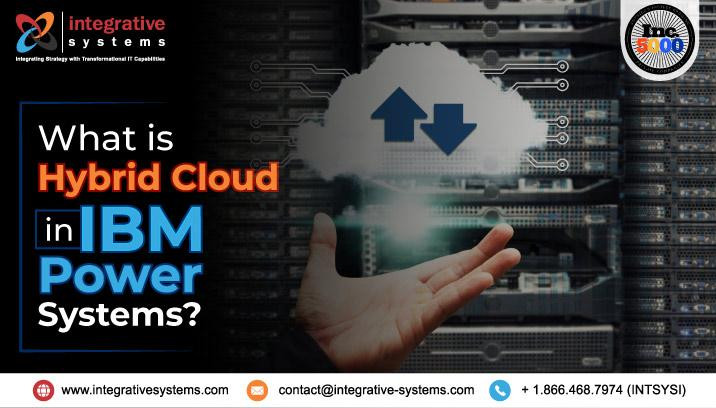By now, we’ve all heard of “The Cloud” only, and some of us may have heard of IBM Power Systems in the IBM Cloud. When “Cloud” was introduced, many experts said, “It’s nothing new in the cloud; it is just running something somewhere on someone else’s computer and accessing the data through the internet.”
The promise to move your workload to the Cloud is tempting; once you somehow move your application to the Cloud, someone else will manage it for you, and you will save on costs on your on-premises data center. However, moving workloads to the Cloud was not accessible due to the lack of warranty operations, pricing, cloud support, or a virtual machine with a selectable SLA in the Cloud.
But today’s cloud computing is new because IT organizations can now quickly move their workloads to the “Cloud. ” There are many clouds services providers, such as Google (GCP), Amazon (AWS), Microsoft (Azure), or IBM Cloud (formerly known as SoftLayer) and many others, that offer modern “cloud” capabilities such as:
- Onsite Support
- Huge Storage Capacity
- Cloud Server Management
- Automatic Dynamic Capabilities
- Protection
- Definable Service Level Agreement
All of this felt good for C-Suite because they believed they could reduce the size of their data center infrastructure, the complexity of operations, operating system, device management, and can define their service level agreements. The Cloud seemed to offer higher cost savings and lower risk, and their headaches were gone.
The Results of Cloud Migration
The reality today is that cloud technology still needs to make significant changes to meet the expectations of organizations. One survey suggested that 38% of those who moved their workloads to the Cloud found that cloud application is not capable of fulfilling their needs, and they had to switch back to on-premises solutions, but reverse migration is more expensive. Small businesses can run individual applications with, lower security risk, minor performance issues, and minimal capability requirements, and this is the tendency for customers to succeed.
However, large organizations with complex IT architectures and mission-critical applications did not find what they wanted. So, they had to go back. The survey also found that 38% of those who returned did so at a higher cost.
Later in this blog, we will discuss how technological advancement can help fix inefficiencies, making the Cloud more convenient for many businesses. Eventually, it’s called “application modernization.”
Read More: https://www.integrativesystems.com/hybrid-cloud-ibm-power-systems/

